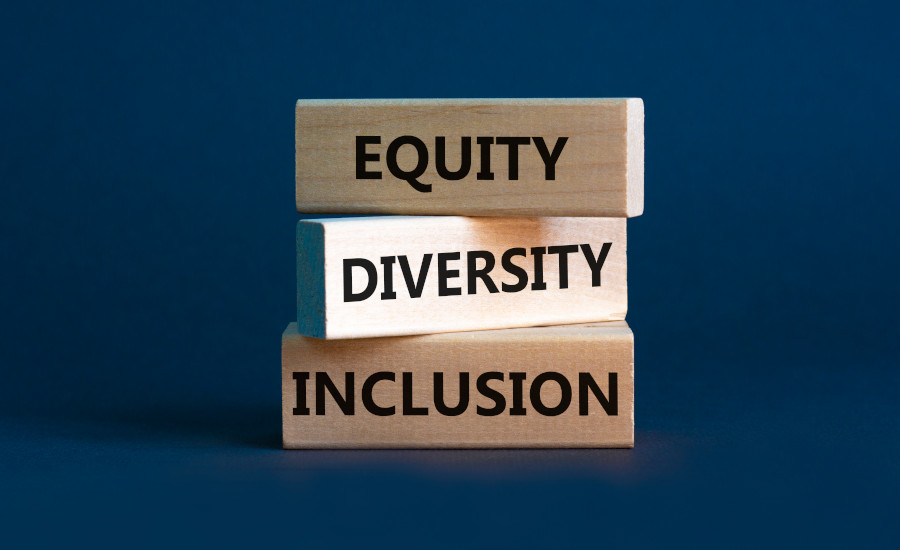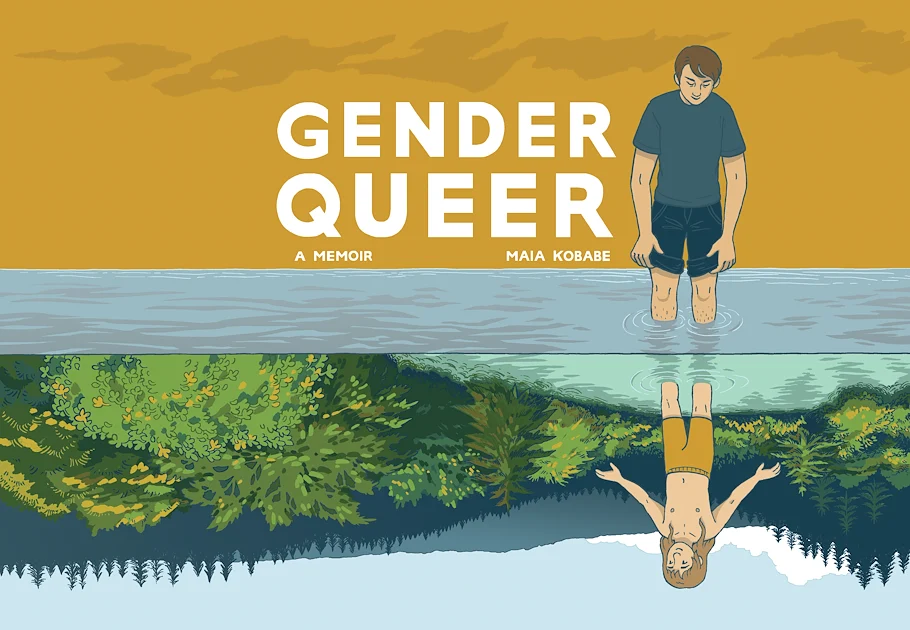In the wake of recent news, that the University of Florida has made cuts and layoffs involving “Diversity, Equity or Inclusion” programs, it is important to look back at the history of DEI initiatives in schools to understand why they were created.
An administrative memo released on March 1 by the University of Florida states, “To comply with the Florida Board of Governor’s regulation 9.016 on prohibited expenditures, the University of Florida has closed the Office of the Chief Diversity Officer, eliminated DEI positions and administrative appointments, and halted DEI-focused contracts with outside vendors.”
The University of Florida’s administrative memo refers to the “Florida Board of Governors Notice of Proposed Amended Regulation,” titled “9.016 Prohibited Expenditures.” Released on Nov. 9, 2023, this was created due to Senate Bill 266. Signed into legislation by Governor Desantis, Senate Bill 266 prohibits any state or federal funding to be utilized in “Diversity, Equity, or Inclusion” initiatives in higher education. “Diversity, Equity, or Inclusion” or “DEI” is defined as “any program, campus activity, or policy that classifies individuals on the basis of race, color, sex, national origin, gender identity, or sexual orientation and promotes differential or preferential treatment of individuals on the basis of such classification.”
Throughout its history, DEI has fulfilled different purposes to meet the needs of its time and has met backlash and criticism. Today, DEI programs and policies are often criticized as being “woke,” with many people wanting education not to include an “agenda.”
During the 1960s, many DEI initiatives in schools and workplaces began to emerge as a consequence of the civil rights movement. The end of segregation in schools was not met positively by most white students and their parents, causing a desperate need to foster a more accepting environment in the classroom. Many corporations and businesses were being inclusive at this time, but it was primarily to avoid any legal troubles. Affirmative action, similar to DEI, also began during this time in 1961. Affirmative action helped open the doors to education for many, while DEI helped foster a more inclusive and understanding environment.
Moving along to the 1970s and 1980s, the focus shifted toward gender equality and the existence of Title IX emerged. Title IX prohibited discrimination on the basis of sex in any school and made fair treatment of women required across the board.
Higher education also began to offer diversity courses in their curriculum in the 1980s. “Stanford University and the California State University at Fullerton, for example, dared to offer mandatory cultural diversity courses to fulfill general education requirements,” said Billy E. Vaughn in a “Diversity Office Magazine” issue titled “The History Of Diversity Training & Its Pioneers.”
In the 1990s and into the 2000s, DEI education began to expand, encompassing a wide variety of people as they began to include LGBTQ+, ethnic, disabled, and religious groups. However, some people felt that DEI education was straying far from its original purpose of dismantling racial discrimination. Others felt this shift made sense in our increasingly globalized world.
After the death of George Floyd, the world witnessed many racial protests in the summer of 2020 and many colleges made a point to create or improve their DEI programs and policies. But while the pendulum swung in one direction it soon swung back the other way, as we witness legislation being created now with the purpose of removing DEI in higher education.
Today the future of DEI in education in the United States is currently a hot topic of debate. As described in an article by “The Chronicle,” many Republicans see DEI programs as a waste of money and harmful to Jewish and Black students. The status of these programs and legislation regarding them throughout schools in the United States will likely continue to be up in the air in the next few months.









